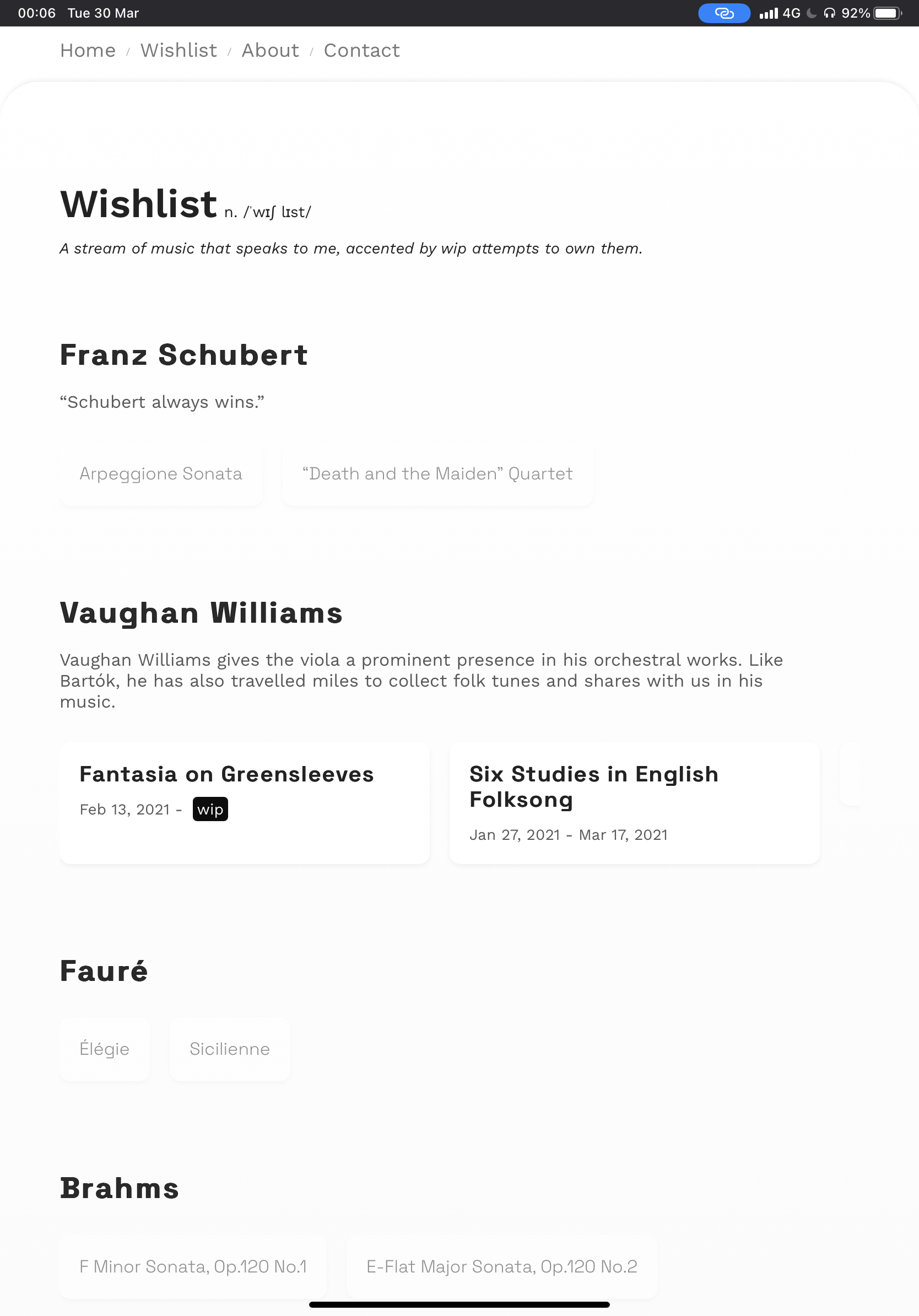
Building My Wishlist
Last week I've finally written my mind out about the idea of my wishlist. You can go to the page to take a look.
Does it... look like what you have in mind?
I would imagine the concept means very different things for different people. For me, a wishlist is a two-phase process. A wish phase, and an optional action phase. The wish phase comes from what I hear, it disregards difficulty level. Then, as I understand it, my objective system works in such a way that it matters more to become someone who can do certain thing than to actually do it (and then I will do it, when it allows). So, and particularly due to the limited time I have now for playing, many of the items may take a looooong time to light up, or may never.
Also, by no means do I intend for this list to be exclusive. I am now a curious cat who wants to play anything and everything, eager to know what others are interested in playing and what's so nice in them that I don't yet know.
That said, let's now talk about the design & implementation of the wishlist.
Logic
In wish phase, it is only a title that matters. And because I prefer to organize it roughly by composers, I've added a collection concept. In each collection, each item is recorded only as ...a title. The information is stored in such a simple format that whenever I hear a new piece I might one day want to play, I can use any browser to edit it, and it'll be up after an automated redeployment, which will run under a minute.
Schubert:
- Arpeggione Sonata
- "Trout" Quintet
Fauré:
- Élégie
- Sicilienne
Brahms:
- F Minor Sonata, Op.120 No.1
- E-Flat Major Sonata, Op.120 No.2
etc.
The action phase refers to after I start reading the piece. I then add a dedicated file for the piece containing a bit more information like when I start it, some notes, and the file can easily extend up to a blog post containing more media or information.
That is all about the functionality, or logic, of how my wishlist is organized. It is highly integrated with my style of thinking about a wishlist -- the loose structure and the casual enrichment of the information after I pick them up.
UI
It then comes to how I want to present the wishlist.
In wish phase, once again, the information is really very loosely relevant to my life, and therefore even no where relevant to my audiences'. I gave them a very weak presence with a 50% opacity on a tiny card.

Then when I do pick them up, a bit more information is available, such as start date or a sentence or two as notes. They look stand out really because everybody else is "in the background".

Here are examples of some collections, within which the dimmed items are ones in its initial, wish phase, and the work in progress ones are lighten up, standing out in the page like accented.

Layout
When it comes to layout, I'm a fan of just enough (and yet forward-looking) technology that does the job. Modern browsers are very smart at computing layout. I wish all designers and PMs have an appreciation of what the browsers already can do and make use of it.
So the layout I built is a simple allocation of available space for a list of items. In cellphone screens, everything stack on top of each other. On larger screens like a portrait tablet, the list goes beneath collection title and I'll let you horizontally scroll there. Then when there is enough space, I'll lay everything on the screen.
The portrait tablet layout becomes my favorite, because it is very efficiently spaced out and with less important information naturally hidden by the overflow, plus it provides an intimate interaction with the page.

The title of the page is a pun intended. When I played the violin, I never had a wishlist. My teacher decided all what I play, and I had no further pursuit.
Then the moment I touched a viola, everything changed. I now probably have more things I want to play than I can in a lifetime (and the wishlist will likely just evolve into the standard viola repertoire anyway). But there's another process that's associated with this and is becoming increasingly interesting to me – to learn the complexity and the match quality of a piece to my potential of playing it well. If I succeed in this you'll see something more interesting coming up in the wishlist page.